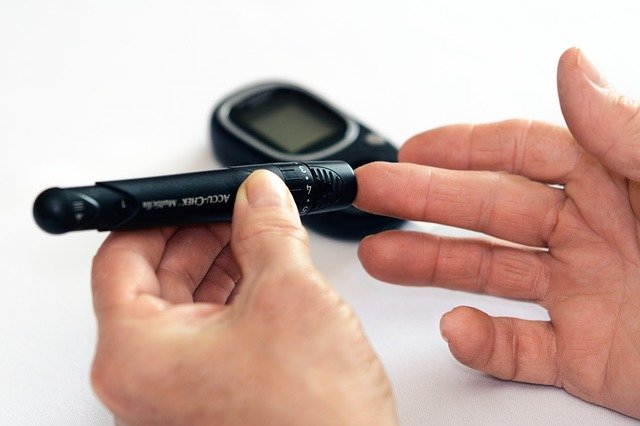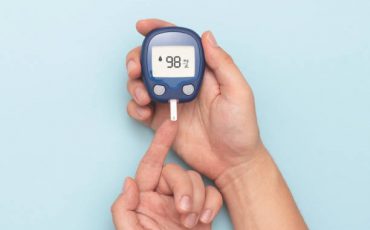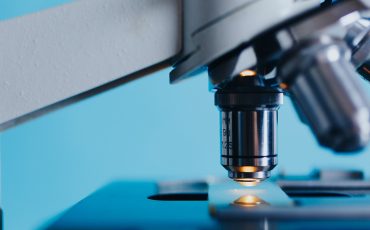24th June 2020 – Paz Garcia

Gut bacteria could be key players when it comes to reducing your risk of type 2 diabetes, according to new research from TwinsUK.
The team, led by Dr Cristina Menni from the Department of Twin Research, identified six molecules produced by gut bacteria that appear to play a role in type 2 diabetes risk.
Type 2 diabetes develops when the body is no longer able to respond appropriately to insulin, which the body needs to process glucose. If untreated, this leads to high levels of glucose in the bloodstream.
Previous research found a link between type 2 diabetes and low gut microbiome diversity, but the cause was unclear. In this study, the team investigated whether molecules – known as metabolites – produced by the gut bacteria could be the reason for this link.
The team studied microbiome and blood glucose data collected from 1,018 TwinsUK participants, and then checked their findings by analysing an additional cohort from the USA.
The researchers found that two metabolites that correlated with higher microbiome diversity have previously been linked to lower rates of type 2 diabetes.
One of the metabolites that correlated with lower microbiome diversity however is thought to have a role in insulin resistance, a key feature of type 2 diabetes.
Dr Cristina Menni explained the implications of the study’s results:
“Our findings help us understand how exactly gut bacteria may help or hinder us when it comes to type 2 diabetes. We know that we can change our gut bacteria – and so the metabolites produced – by altering our diet.
“What’s potentially exciting about our results is that they imply that it may be possible to reduce your risk for type 2 diabetes by changing your diet to change your gut bacteria in order to reduce the harmful metabolites and increase the protective ones.
“Moving forward, clinical studies should investigate the metabolites identified and determine whether modifying these molecules through diet could help reduce or monitor type 2 diabetes.
Menni et al. Serum metabolites reflecting gut microbiome alpha diversity predict type 2 diabetes. Gut Microbes, 2020.







